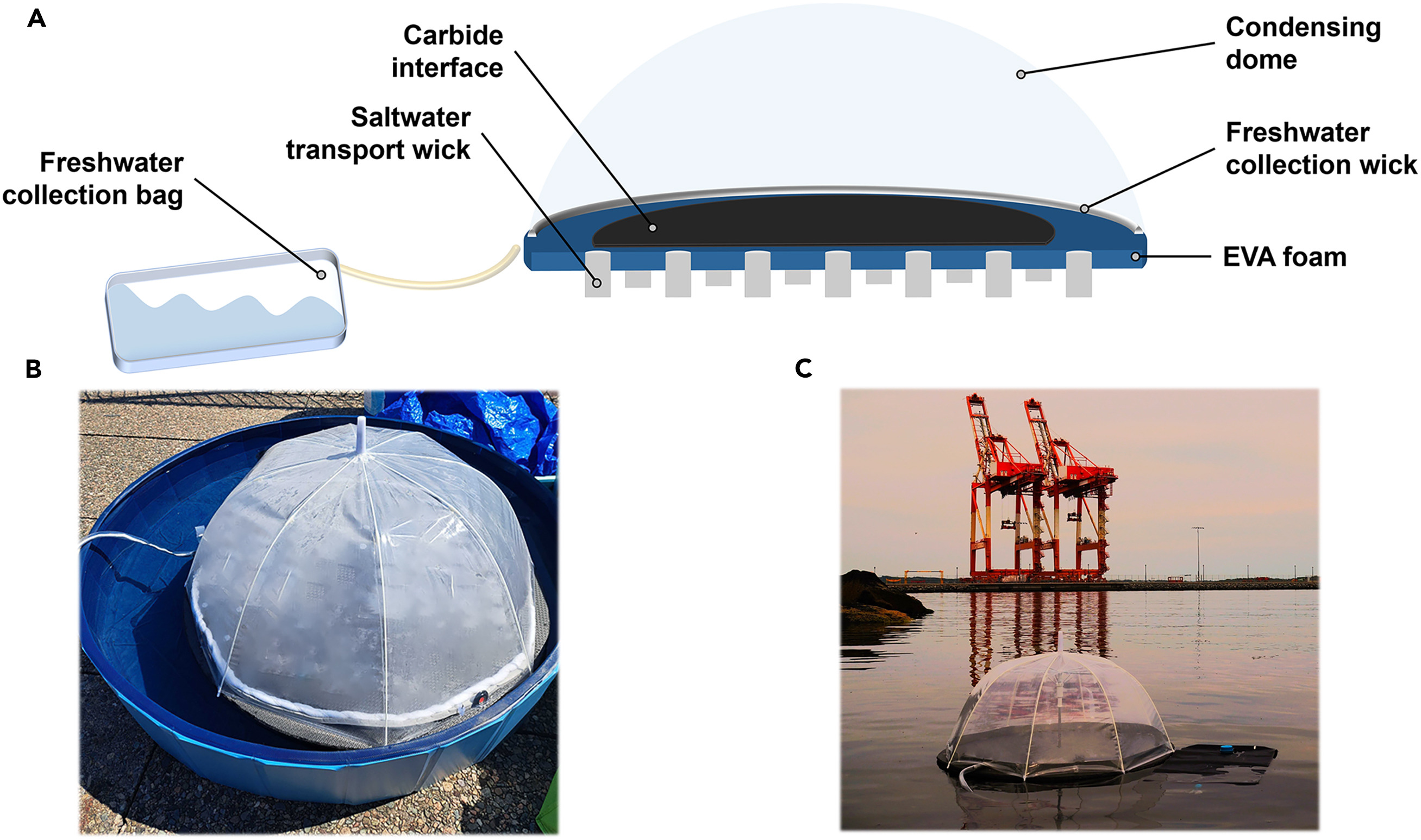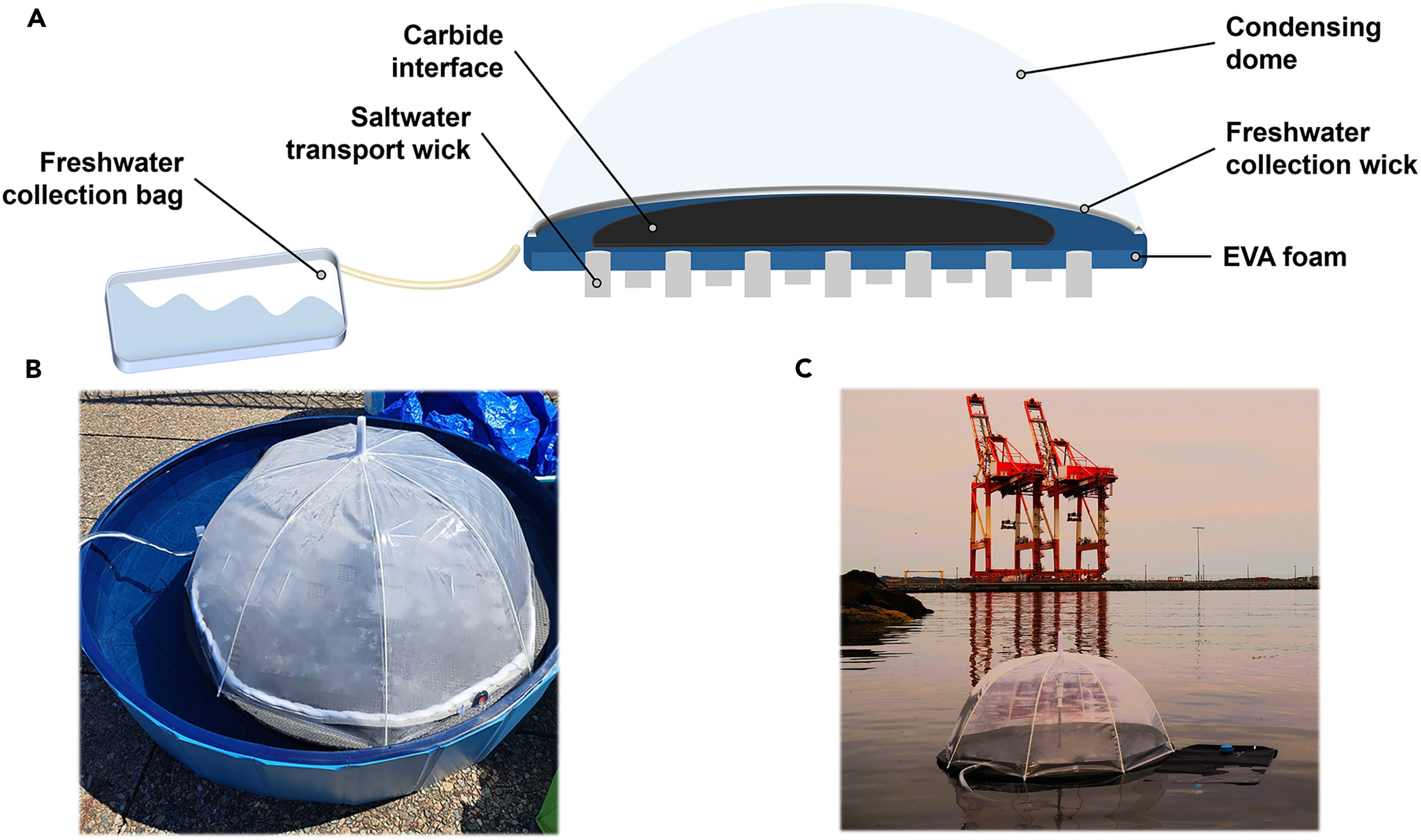
Imagine a device that not only purifies water but also recycles waste, all at an affordable price. Researchers at Dalhousie University in Canada have made this a reality, creating a water purifier that costs just a few cents per liter and is crafted from discarded tires. This recycled water still tackles two major environmental challenges: water scarcity and waste management.
Access to safe drinking water is a global challenge. Polluted rivers and salty oceans render most of Earth’s water undrinkable. This new purifier addresses this issue by using a solar distillation process. The still is set up on a body of water, where it floats and absorbs the water from below. It then heats the water using solar energy.
The clean water vapor then condenses on a dome, funneling purified water into a collection bag. For communities with limited water access, a recycled water still like this offers a practical, low-cost solution to water scarcity. Other purification methods, like a gel that creates drinking water from air, have also debuted in recent months.

What makes this device unique is its cost-effectiveness. Unlike other purifiers that rely on expensive metals, this purifier uses old tires. They still rely on pyrolysis—a process that heats tires without oxygen to produce a carbon-rich material—which converts the tires into a light-absorbing layer.
When combined with titanium carbides, the material efficiently captures solar energy that can warm and evaporate water, providing the recycled water still with an affordable power supply. The overall result? A system that produces clean water at a fraction of the cost of conventional methods.
In addition to purifying water, the recycled water still also generates small amounts of electricity, thanks to what we call the thermoelectric effect. While the power produced is minimal at best, it’s enough to support small sensors that can monitor the water quality. This makes the device even more useful for remote areas.
The researchers highlight their design in the journal iScience. They designed the purifier to be easy to manufacture and maintain—an essential feature for widespread adoption in developing regions.









